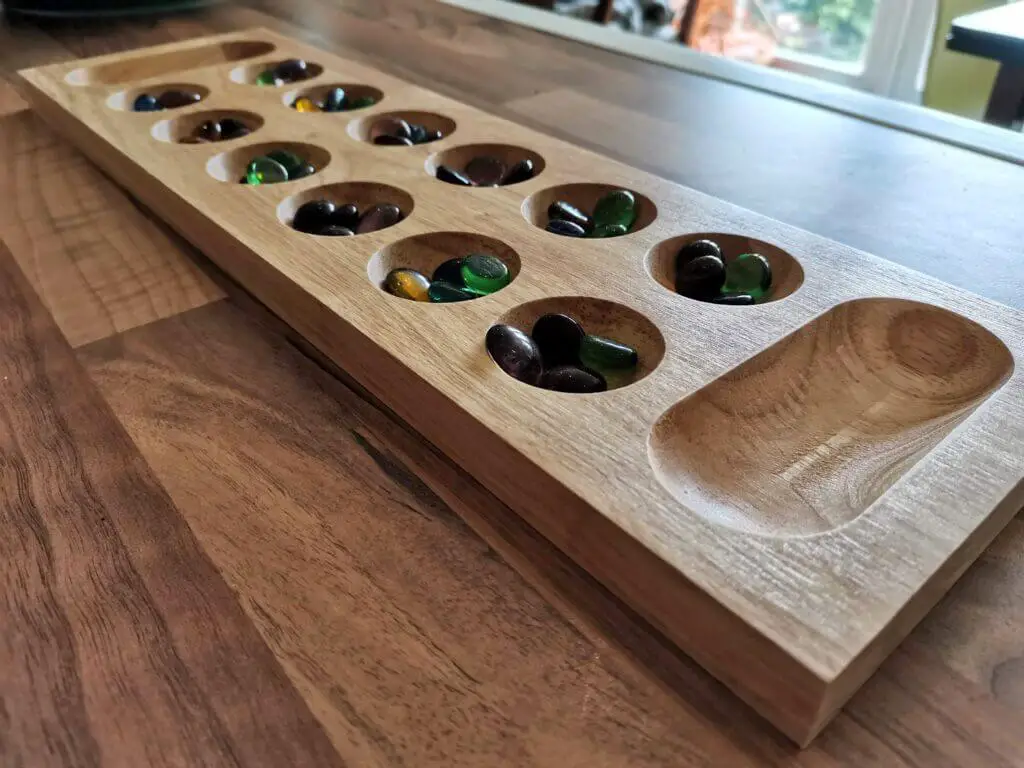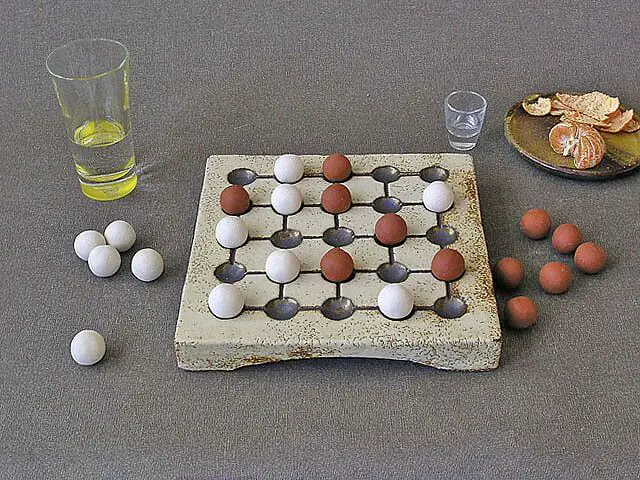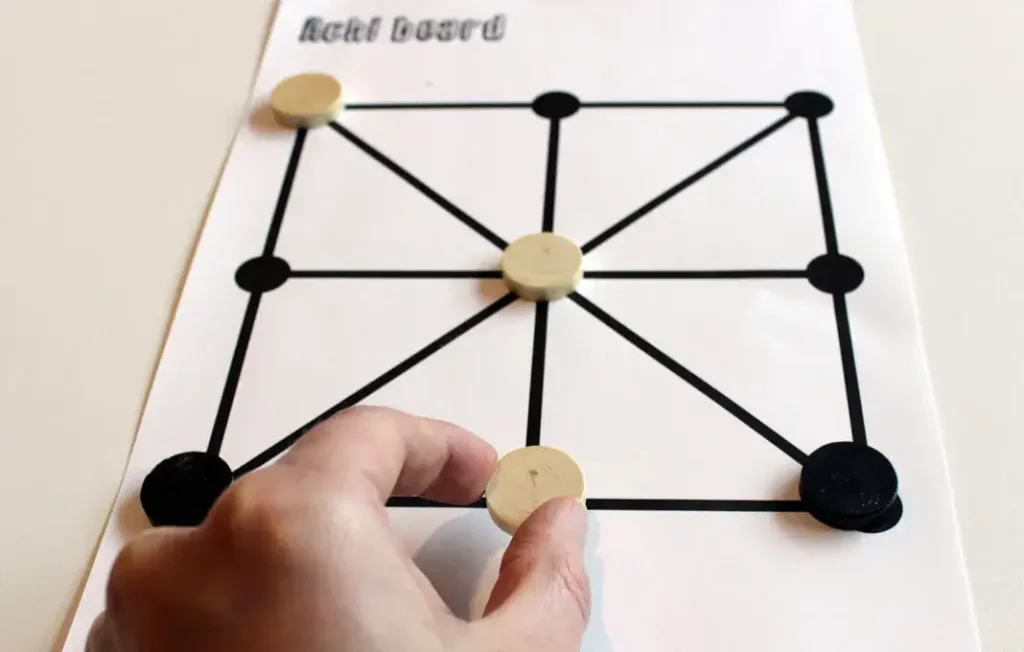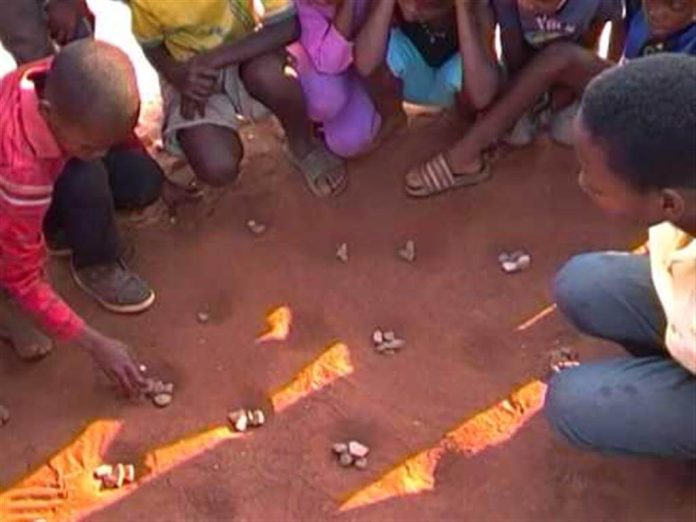Today, when you walk into many homes, you will find everyone, including kids, fixated on their phones or tablets.
To block out communication, some even put on headphones and shake their head at the sound from the speakers.
But long before televisions and phones came into African homes, people would engage in outdoor activities to pass the time and have fun as a community.
They invented new games, and others adapted from other regions to help bring people closer.
Back then, both adults and children managed to remain fit, both physically and mentally, and were able to complete everyday tasks without burning out.
These games improved brain functionality. They helped people focus more, improve their multitasking ability, and sharpen their memory.
Each African community had its own set of games, which its members would participate in.
What made these games so special is that they improvised readily available items; a flat surface, wooden board, some holes in the ground, and pebbles/stones.
Can you remember any games you participated in that used stones?
You likely knew these games by different names. Let’s jog your memory…
1. Mancala

It is also known as Ayo, Bao, Kalah, songo, and sungka, among other names in different regions.
Each African community has a different way of playing the game.
It only needs holes dug in the ground or on a wooden board and small stones or pebbles.
Mancala is simply a count-and-capture game.
How it is played:
- A standard mancala board has 14 basins, one large on each side and 12 adjacent ones. Each player has six holes on their side and one of the mancalas. Each of the small basins/holes are filled with four stones.
- The aim is to get as many stones in your mancala/large basin as possible. The player with the highest number of stones wins.
- You begin by picking the pebbles from one of the holes on your side of the board and dropping one stone on each of the other holes, except your enemy’s large basin.
- If your last stone ends up on your mancala, you take another set of stones. If it ends in one of your empty basins, you collect all stones in the opposite basin. Your last stone and the captured stones go into your mancala.
- You alternate these moves until one of the player’s all six basins are empty.
2. Diketo

This game is also called Magave, Upuca, Puca, or Ndama. It is of South African and Lesotho origin, but it is played in many parts of Africa.
The game requires two to four players.
How it is played:
- Players can choose to draw a small circle, about the diameter of a plate, on the ground or dig a hole in the shape of a bowl in the ground.
- Different regions have a specific number of stones to use, but the standard is between 10 and 20.
- Each player isolates a smooth yet weighty stone that they will throw into the air.
- The stones collected are placed inside the circle.
- A player throws the heavy stone in the air and is expected to take out all of the stones from the circle before catching the stone in the air.
- This game has different rules. One involves throwing the stone back in the air and returning all stones in the circle but one. Other players take over when you fail to meet the conditions or if you use catching the ball in the sky.
- The other method requires you to return the stones to the circle in groups, starting with one by one, two by two, three by three, and so on.
3. Suwe

Suwe involved drawing a huge rectangle with many boxes on the ground.
It was commonly played in Kenya, Nigeria, Tanzania, and other African regions.
There are two ways in which Suwe was played using stones.
Option 1
The huge rectangle is partitioned into ten boxes, five equal on each side.
Each player would pick out a fine stone.
The player throws the stone into the first square, ensuring it doesn’t lie on any lines drawn.
She then would hop on one leg and use it to push the stone on each of the squares on both sides of the rectangle.
The movement from where the game starts to the finish was in the shape of a U.
After a successful finish of the first round, the player would then throw the stone into the second square and repeat the process till she gets to the last square.
For each game, the player was to make sure the stone did not lie on a line at any point.
Option 2
The second style follows a similar pattern to that of option 1 only that in this case, instead of pushing the stone while hopping, a player was required to skip the square with the rock, go round, and bend to pick it only when she got to the adjacent square.
Naming each square in a U-shaped direction, if the stone is on square 3, a player would pick it up while on square 8.
4. Seega

Seega is an Egyptian traditional game that became widely played in the 19th century.
The game is played on a 5×5 board with the center square marked.
In the old day, the square was drawn on the ground; it was regarded as a game of the poor.
How it is played:
- Each player starts with 12 pebbles. They each place all their stones in twos randomly on the board. Each player uses a different color.
- Once all pieces are on the board, players take turns to slide the pebbles through the board onto the empty square. At this point, a player can slide a pebble onto the center square. The stone can only be moved in a horizontal or vertical direction, not diagonally.
- If one player is boxed in and cannot move, the other player moves to create space.
- An opponent’s piece that is caught up between two stones is captured by the one at play. That player can make as many captures as possible in one go.
- Each captured piece must be removed from the board. One cannot capture the piece at the marked center square.
- The game ends when one player captures all of the opponent’s pieces, and that player becomes the winner of the game.
5. Achi

Achi is a two-player 3×3 board game. Three horizontal and three vertical lines intercept to form a square.
Then two diagonal lines are drawn from corner to corner.
Each player starts with four pieces in their hand.
Each set of pebbles or stones is of different colors or features to help distinguish each player’s pieces.
The game was traditionally played in Ghana.
How it is played:
- Players take turns placing stones on each point of intersection.
- Each piece should be placed on an unoccupied point.
- Once all pebbles are successfully placed, the players slide their pieces to a vacant intersection point.
- The players keep alternating until one of them manages to get three pieces in a row.
Wrap Up
Times have changed, and now there are more engaging games than ever.
These games are available online, but there are a couple of old-school games adapted from Western countries.
However, we should not forget the important role our traditional games played in uniting families and communities.
Rather than encouraging our children to invest all their free time in technology, we should ensure they not only hear stories from our childhood but also learn to participate in the games we played.
Games played with stones are fun, mind-indulging, and promote unity.



